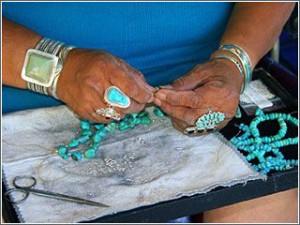Sarah Turgel
The process of art making could have a strong impact on the emotional and subsequent physical health of a person. This is especially the case for aboriginal people who, by European Colonialists, were faced with an assault to their cultural identity, as well as a genocide of their artistic uniqueness. Art can rekindle this identity. It could also often act as a means of communication and means of bridging the divide between the Indigenous and Western view of mental healthcare.

Ariella Lightman
Art Therapy is so efficient because it is beyond verbal means, it has the power to communicate feeling without barriers, Aboriginals have known this since long before #ReadEDEA
Tina Lin
Art Therapy instills positive feelings in its participants and research shows positivity (being hopeful) in the face of disease allows patients to recover faster and have better outcomes. This speaks to the importance of having Art therapy as a healing agent. Verbal communication is not the only form of communication nor does it come easily to some people, making it difficult for them to express who they are. This is why they need art as an outlet for their health and well-being. Aboriginal peoples are an example of cases of cultural appropriation where they have had important religious symbols and cultural traditions stripped from them and shamed. The negative effects of that are long-lasting and detrimental because Aboriginal people connect so strongly with the art in their culture (it is more a way of life) and Canadians are still trying to make amends, educate people on the value of Aboriginal art, etc. #ReadEDEA